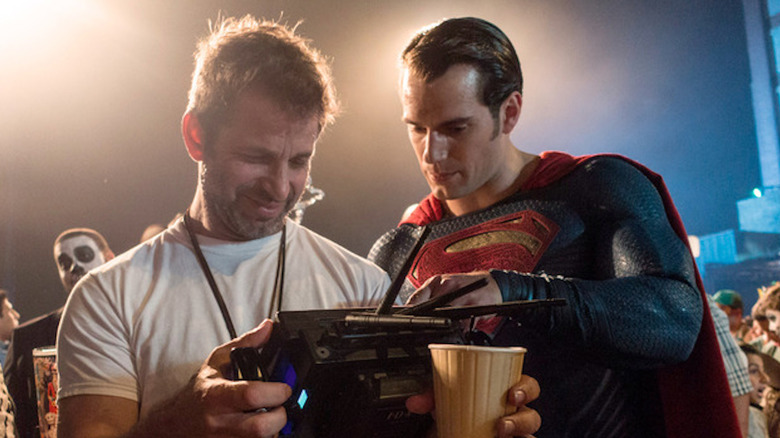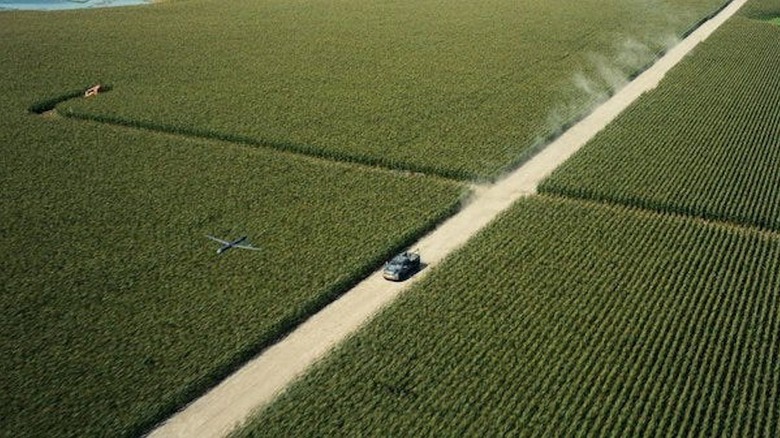Zack Snyder helped Christopher Nolan with one iconic aspect of Interstellar
Films of Christopher Nolan have a very special aesthetic. Although he works in genres where heavy CGI is the norm, he appreciates location shooting, virtually staged action, and of course, the rich, tactile visual impact that only film can deliver. , not digital (with a spool length of 11 miles). There’s a reason many moviegoers travel long distances to see his 70mm IMAX films and never leave disappointed.
Nolan’s aesthetic preferences were questioned like never before when he took on Interstellar. The deep space exploration film, based on the brilliant work of astrophysicist Kip Thorne, promised to be intelligent science fiction in the vein of classics such as 2001: A Space Odyssey and Solaris (by Tarkovsky or Soderbergh). Interstellar had references to these films here and there, but it was really very Nolan in his attempt to realistically depict what it would look and feel like to be stuck in a tesseract. It’s mind-blowing stuff, and in order to make us believe its big leaps, Nolan had to first anchor us in a near-future version of Earth that felt alive.
To do this, Nolan looked to … Zack Snyder’s Man of Steel?
Old Chris Nolan had a farm
In an interview with The Daily BeastNolan said that when it came to building a real working farm, he consulted with Snyder, who had to build his own farm while filming Nolan’s Man of Steel. Nolan explained his thought process this way:
“That all-American iconography has always been so strong in the Superman mythos. It was in the script (‘Interstellar’) even before I came to the project – (Chrisofer’s brother Jonathan Nolan) was developing the script for director Steven Spielberg. — And I think Americana made its way when I realized we were going to have to grow our own corn.
Nolan discovered that Snyder had grown 300 acres of corn to make the Kent homestead feel like a working farm. Say what you will about the film (I’m a fan), but these stunning cornfield shots evoke the same awe that Richard Donner conveyed in his 1978 Superman. So Nolan set about planting and got a great crop. As he told The Daily Beast, “(we) grew about 500 acres of corn and actually sold it and ended up making a profit on it.”
So add that profit to everything Paramount made when Interstellar made $727 million on a $165 million budget (including the 2024 reissue). And let this be a lesson learned, budding filmmakers. If you want to make some kind of profit from your movie, put it on a farm.









